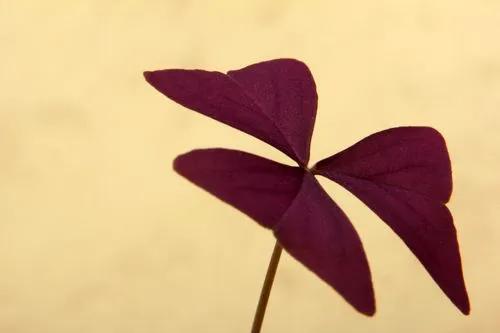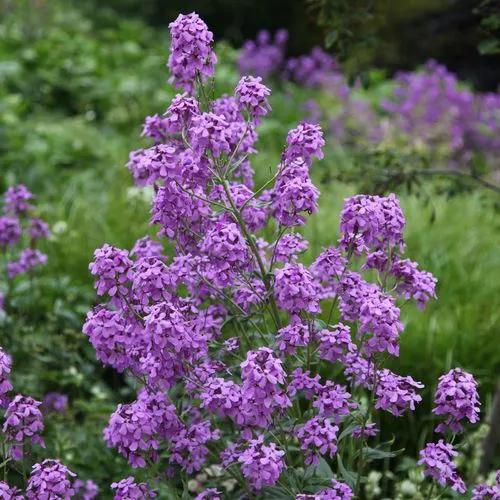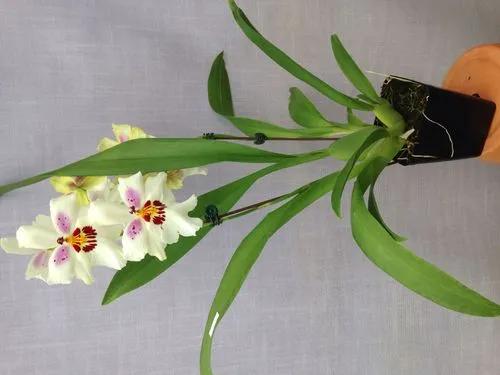The plants are annual, and the flowering can be from late spring to early fall. They grow and flower year-round in south Florida. This plant is somewhat unusual in that it can grow under a range of different environments, including dry soils, beaches, and disturbed habitats. This plant also grows on roadsides and railroads, on limestone, granitic, and sandstone outcrops.
Portulaca Pilosa Care
Portulaca Pilosa



How to Care for the Plant

Water

You do not need to water often for proper portulaca care. The cylindrical foliage of the portulaca flower retains moisture very well, thus, regular watering is not needed. When they are watered, just a light watering will do, as their root zone is very shallow.

Sunlight

love the full sunlight

Soil

Portulaca flowers tolerate many kinds of soil but prefer sandy, well-drained soil

Temperature

These plants are excellent for their high heat and drought tolerance

Container

They may be planted in containers as well such as whiskey barrel planters and hanging baskets. The portulaca plants will grow out and over the edges of the containers, making a grand display of their cylindrical, somewhat moss-like foliage and truly striking, vibrant colored blooms.

Popularity

883 people already have this plant 106 people have added this plant to their wishlists
Discover more plants with the list below
Popular articles






